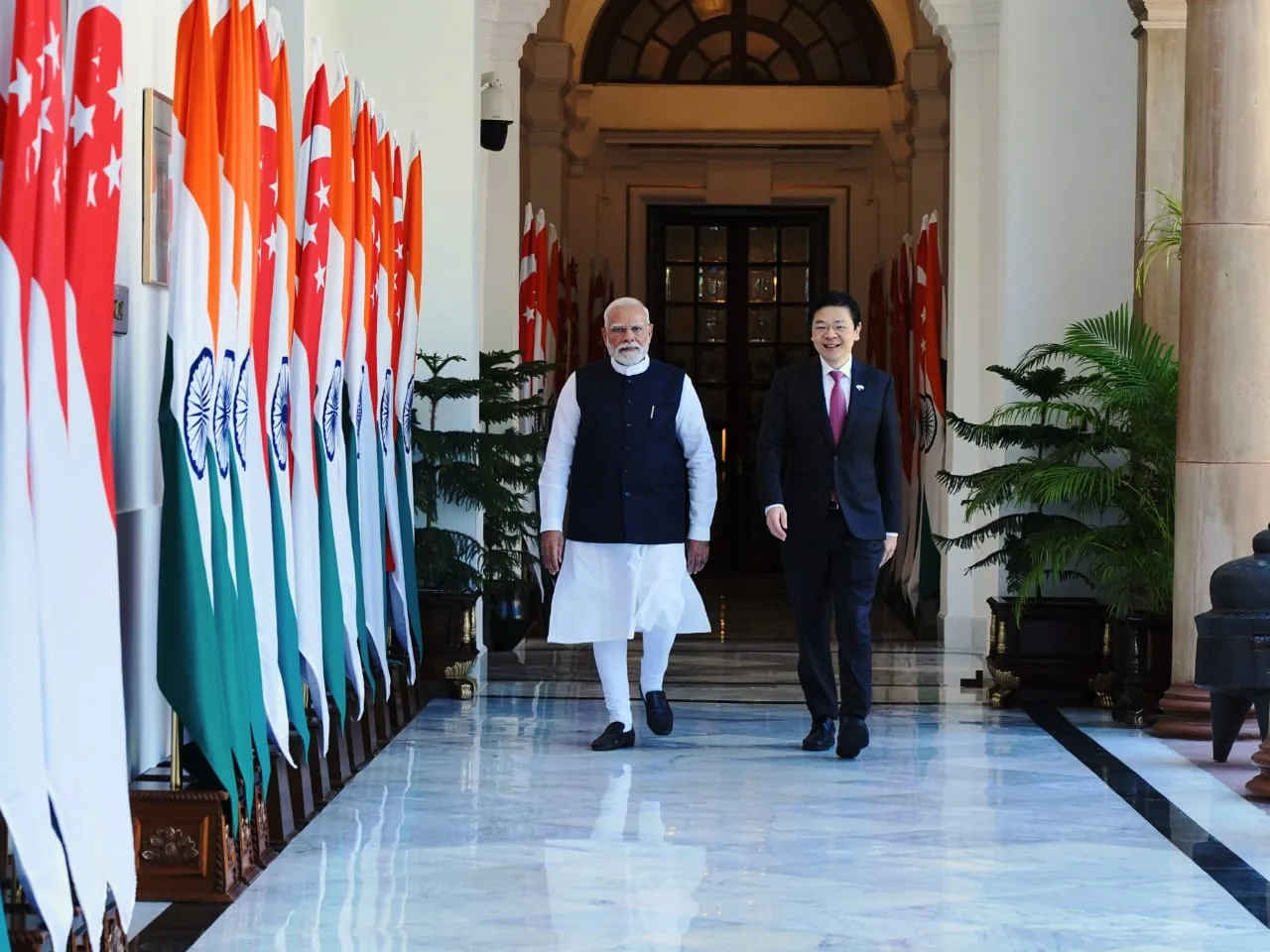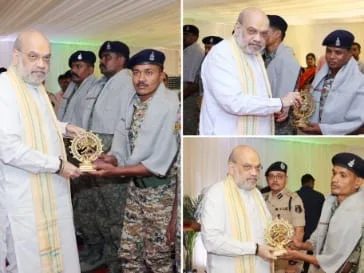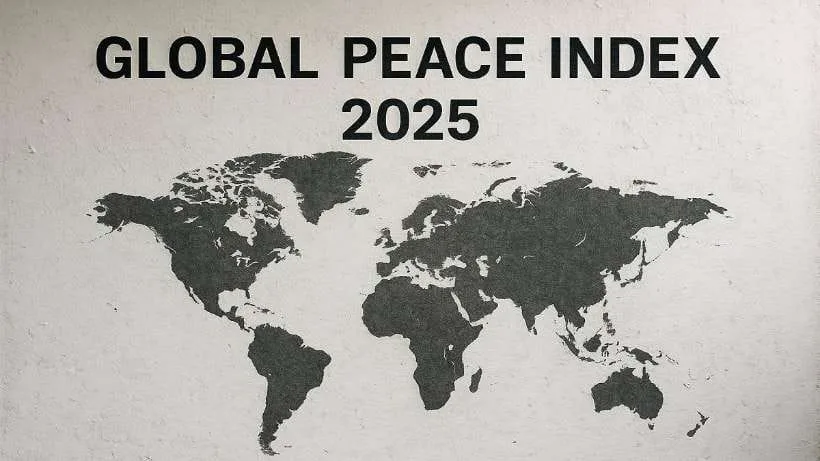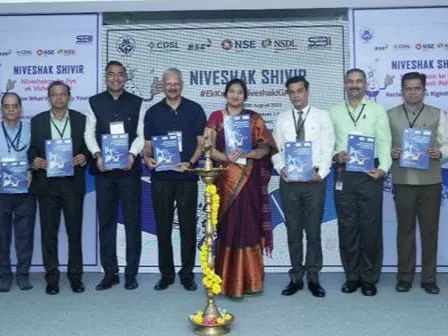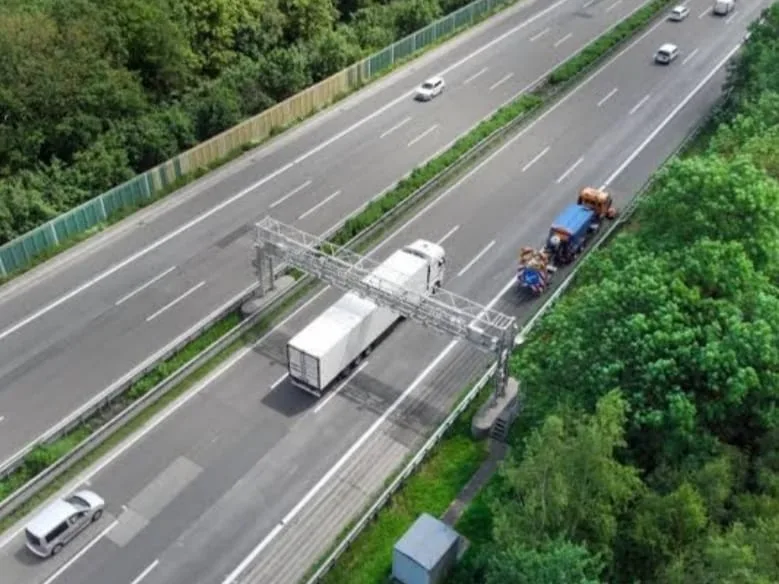India’s security doctrine is characterized by a strategic shift toward a comprehensive, proactive, and multi-dimensional approach to national security. The doctrine increasingly integrates traditional defense considerations with non-traditional security challenges such as cybersecurity, technological threats, economic stability, and critical infrastructure protection.
Simple Explanation:
India’s updated security doctrine is a set of guiding policies and strategic frameworks designed to address emerging security threats, promote self-reliance, modernize military capabilities, strengthen cybersecurity, and enhance coordination among various agencies.
Key Pillars and Strategic Framework:
- Integrated National Security: The doctrine emphasizes seamless coordination between defense, internal security, intelligence, economy, technology, and diplomacy. There’s a focus on whole-of-government and whole-of-society perspectives to counter multi-faceted threats .
- Proactive Threat Management: India aims to transition from a reactive posture to active deterrence and preemption, especially in the context of border security, terrorism, and regional instability .
- Modernization and Self-Reliance: There is strong emphasis on the indigenization and modernization of defense capabilities, reduction of dependency on foreign military imports, and the incorporation of emerging technologies such as artificial intelligence, cyber warfare tools, and space assets .
- Critical Infrastructure and Cybersecurity: Policies give significant importance to safeguarding critical infrastructure and national digital assets. Dedicated frameworks for protecting critical sectors like banking, telecom, transport, and energy from cyber attacks have been introduced, aligning with global best practices such as the NIST Cybersecurity Framework .
- Economic Security and Strategic Autonomy: Economic resilience and security are now viewed as core to national security. This includes securing supply chains, promoting trade policies that support strategic objectives, and enhancing technological competitiveness .
- Enhanced Intelligence and Surveillance: There is a push for more robust intelligence gathering, analysis, and sharing across military and civil agencies, with enhanced use of satellites and drones .
- Regional and Global Engagement: The doctrine supports stronger defense and intelligence cooperation with key partner nations, particularly in the Indo-Pacific, as well as active participation in international forums for cybersecurity, counter-terrorism, and economic security .
- Legal and Policy Frameworks: Recent legal amendments and standardizations have given more power to agencies for swift action and coordination. There is ongoing work to harmonize policy across states and between the center and states .
Summary Table: Major Focus Areas in India’s 2025 Security Doctrine
| Area | Focus |
|---|---|
| Defense Posture | Proactive, tech-enabled, indigenous modernization |
| Cybersecurity | National strategy, critical infra protection, global norms |
| Economic Security | Strategic autonomy, resilient supply chains |
| Intelligence | Integration, satellite/digital surveillance |
| Regional Policy | Indo-Pacific partnerships, counter-terror measures |
| Legal Framework | Standardization, stronger agency coordination |
Summary:
India’s security doctrine is more holistic, technologically advanced, and preemptive, designed to protect its comprehensive national interests in a rapidly evolving geopolitical, technological, and economic environment .for national security news click www.eminentnews.com






